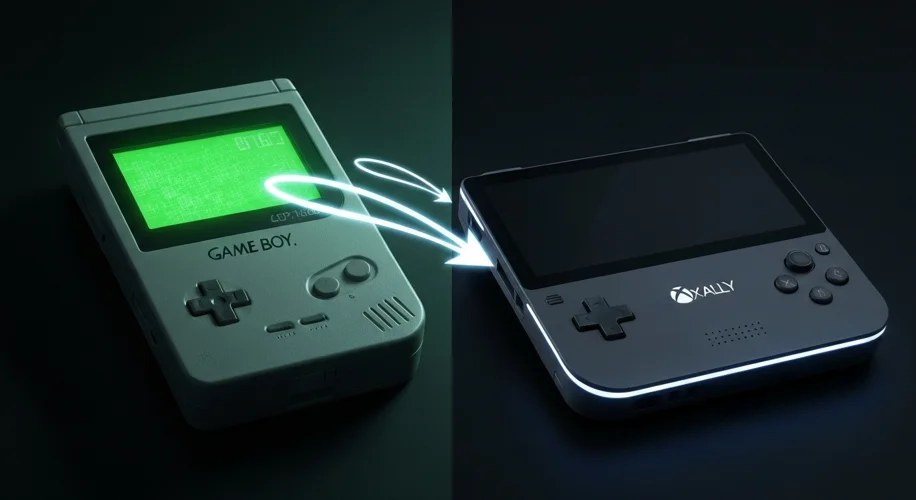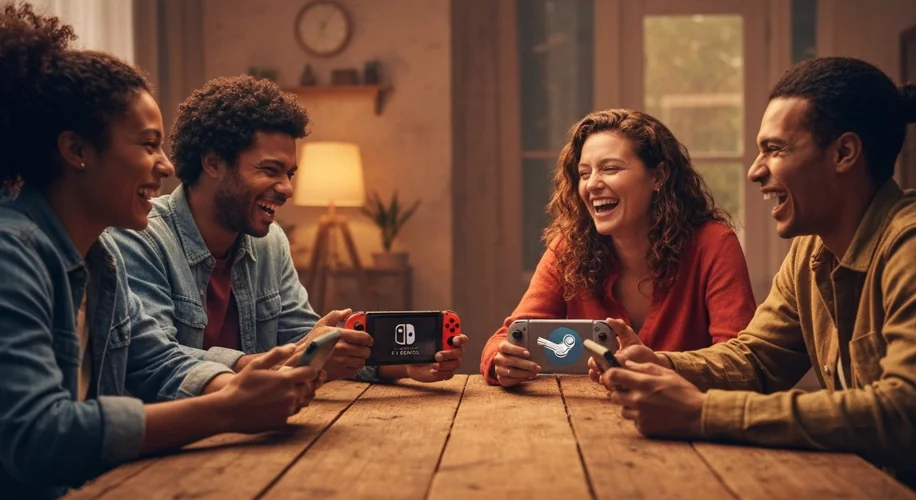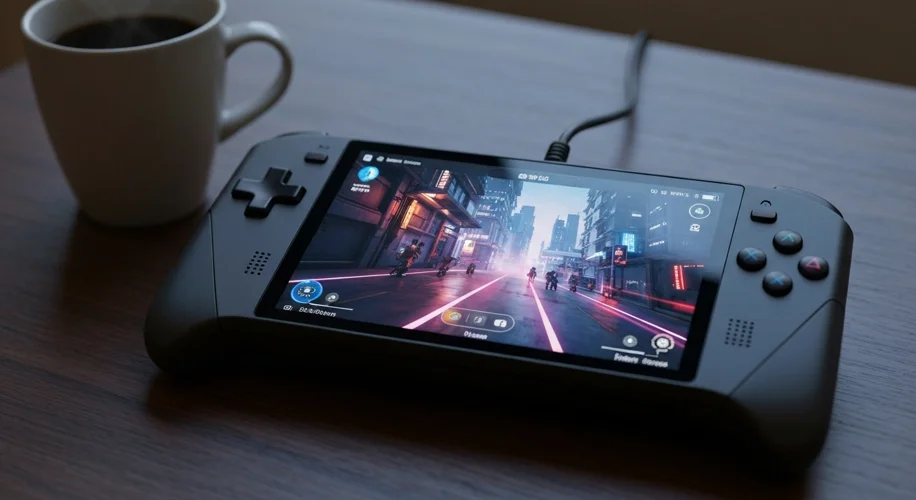The hum of a console, the glow of a screen, the clatter of buttons – these are the sensory hallmarks of a generation that grew up with video games. For decades, the handheld gaming market has been dominated by a single titan: Nintendo. From the monochrome Game Boy that captured imaginations in the late 1980s to the dual-screened DS and the hybrid Switch, Nintendo has consistently defined what it means to play on the go. But as technology leaps forward and the lines between home consoles and portable devices blur, new contenders are emerging, challenging the established order. In this evolving landscape, the arrival of devices like the Xbox Ally has signaled a potential shift, promising PC-level power in the palm of your hand.
The story of portable gaming is intrinsically linked to innovation and a persistent human desire for entertainment that transcends physical boundaries. Nintendo’s early success with the Game & Watch series laid the groundwork, but it was the Game Boy, released in 1989, that truly revolutionized the market. Bundled with Tetris, it became a cultural phenomenon, a device that offered a pocket-sized escape. Its success was built on a combination of affordability, durability, and a killer app that appealed to a broad audience. This established a precedent: handhelds weren’t just miniaturized consoles; they were distinct experiences.
Fast forward to the 21st century, and the portable gaming scene is a vastly different arena. Smartphones have become ubiquitous, offering a staggering array of games, albeit often with a focus on touch controls and microtransactions. Yet, a dedicated segment of gamers still craves the tactile feedback and immersive experiences that traditional handhelds provide. This is where devices like the Xbox Ally enter the fray. Unlike previous attempts by Microsoft to penetrate the handheld market, which were largely peripheral devices for their home consoles, the Ally is a standalone, high-performance gaming PC designed from the ground up for portability.

At its core, the Xbox Ally represents a bold convergence of technologies. It runs Windows, allowing it to access the vast library of PC games available through platforms like Steam, Xbox Game Pass, and Epic Games Store. This is its primary differentiator. While Nintendo’s Switch offers a curated experience of first-party titles and select third-party ports, the Ally promises the unadulterated PC gaming experience, anywhere. Imagine playing graphically intensive titles like Cyberpunk 2077 or Forza Horizon 5 on a commute, or diving into an indie darling discovered on PC, all without being tethered to a desk.
The key actors in this unfolding drama are, of course, the major players: Nintendo and Microsoft, with Valve’s Steam Deck also playing a significant role as a pioneer in this specific niche. Nintendo, ever the master of its domain, has consistently prioritized unique gameplay experiences and broad appeal. Their hardware innovations, like the DS’s dual screens or the Switch’s hybrid nature, are often coupled with exclusive software that drives hardware sales. Their strategy is one of carefully cultivated ecosystems and a deep understanding of what makes portable gaming fun and accessible.
Microsoft, on the other hand, comes with the formidable advantage of the Xbox ecosystem and its vast PC gaming heritage. The Ally is not just a handheld; it’s a gateway to Game Pass, offering hundreds of titles on a subscription basis. This strategy aims to leverage their existing strength in the PC space and extend it into a new form factor. The challenge for Microsoft is to convince consumers that a dedicated handheld PC is a necessary addition to their gaming arsenal, especially when powerful gaming laptops and even smartphones already exist.
Valve’s Steam Deck, released in 2022, served as a crucial proof of concept. It demonstrated that there was a significant market for a powerful, portable PC gaming device that could run a substantial portion of Steam’s library. The Deck’s success validated the concept and undoubtedly spurred competitors to explore similar avenues. The Ally, in many ways, is a direct response to the market that Valve helped to create.
The implications of powerful handhelds like the Xbox Ally are far-reaching. For players, it means unprecedented freedom and flexibility. The ability to seamlessly transition from playing on a big screen to a handheld device, or to access a massive library of games on the go, represents a significant evolution in how we consume interactive entertainment. It blurs the lines between dedicated gaming hardware and general-purpose computing devices, hinting at a future where the distinction becomes increasingly irrelevant.
However, challenges remain. Battery life is a perennial concern for powerful portable devices. The ergonomics and weight of such hardware are also critical for extended play sessions. Furthermore, the software experience on a handheld PC, while offering vast choice, can also be less streamlined than the polished, curated environments of traditional consoles. Issues like compatibility, driver updates, and the sheer number of launchers and storefronts can be daunting for the casual user. Nintendo’s enduring success lies, in part, in its ability to simplify the gaming experience.

Ultimately, the emergence of devices like the Xbox Ally is a testament to the dynamism of the gaming industry. It reflects a growing demand for more versatile and powerful portable gaming solutions. While Nintendo continues to innovate with its unique approach, Microsoft’s entry, backed by the might of PC gaming, signals a new era of competition. Whether the Ally can carve out its own significant niche, or if it becomes another interesting, but ultimately niche, piece of hardware, remains to be seen. What is clear is that the competition is heating up, and for gamers, this means more choices, more power, and more ways to play than ever before. The handheld revolution, once spearheaded by a single, iconic grey brick, is now a multifaceted landscape, and the future promises even more exciting developments.


